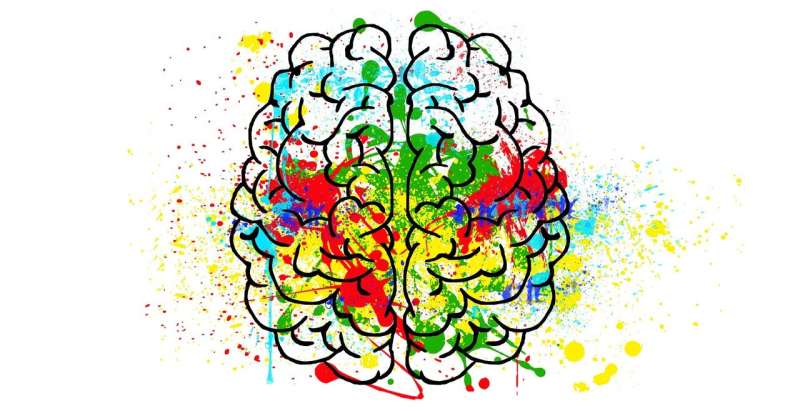Assessing Hormone Therapy's Effects on Transgender Women's Athletic Performance

Explore recent research on how gender-affirming hormone therapy influences the athletic performance of transgender women, shedding light on physiological changes and performance outcomes in sports.
A recent study conducted by Loughborough University provides insights into how gender-affirming hormone therapy (GAHT) influences the athletic capabilities of transgender women. This research is particularly pertinent given the ongoing debates around transgender participation in sports, where physiological differences often influence competitive fairness. Typically, sports are divided by gender to account for variations in endurance, strength, and overall athletic performance, primarily due to differences in testosterone levels following puberty. Higher testosterone levels in males contribute to increased height, muscle mass, hemoglobin levels, and larger cardiac and lung capacity.
Despite increasing visibility and participation of transgender athletes, the impact of GAHT on performance remains underexplored. The study analyzed data from nine transgender women runners and one swimmer, tracking their performances before and after initiating hormone therapy over a 12-month period. Data collected included race times, training volume, physical measurements, and hormone levels, with the goal of understanding how GAHT affects athletic outcomes.
The findings revealed that, on average, the performance of the runners declined by about 15%, while the swimmer's times slowed by approximately 5%. Notably, performance decrements were more significant in longer-distance events. Researchers suggested that training volume played a role, with higher training loads somewhat mitigating performance loss post-GAHT. Hormone levels of participants were successfully brought within typical female ranges.
Expert commentary indicated that the effects of GAHT on athletic performance are complex and may vary depending on the sport and training intensity. Shorter events emphasizing strength and power appeared less affected than endurance sports like middle- or long-distance running. The study aligns with prior research reporting modest strength reduction after 36 months of therapy and decreased hemoglobin within four months, impacting endurance capacity. However, limitations such as small sample size and varying participant backgrounds necessitate cautious interpretation.
This emerging area of research underscores the need for more extensive studies to inform policies and ensure fair competition in sports as more transgender athletes participate at competitive levels. Further evidence is essential for sports organizations to develop inclusive and equitable guidelines grounded in scientific data.
Stay Updated with Mia's Feed
Get the latest health & wellness insights delivered straight to your inbox.
Related Articles
Florida Implements Ban on Fluoride in Public Water Supplies
Florida has become the second US state to ban fluoride in public water supplies, citing concerns over health implications and government overreach. Discover the details behind this legislative change.
Impact of Endocannabinoid Receptor Manipulation on Neurodevelopment and Behavior
New research indicates that manipulating endocannabinoid receptors during prenatal development may lead to brain structural changes and behavioral deficits, highlighting potential risks of cannabis exposure during pregnancy.
Breakthrough Study Highlights Promising Peptide Therapy Against Aggressive Brain Cancer
Virginia Tech scientists have developed a promising peptide therapy targeting glioblastoma stem cells that could reduce tumor recurrence and improve treatment outcomes.
Impact of Preterm Birth on Adult Blood Pressure and Anxiety Levels
Research links preterm birth to increased blood pressure and anxiety in adulthood. Long-term effects include metabolic and psychological risks, highlighting the need for targeted screening and care.



